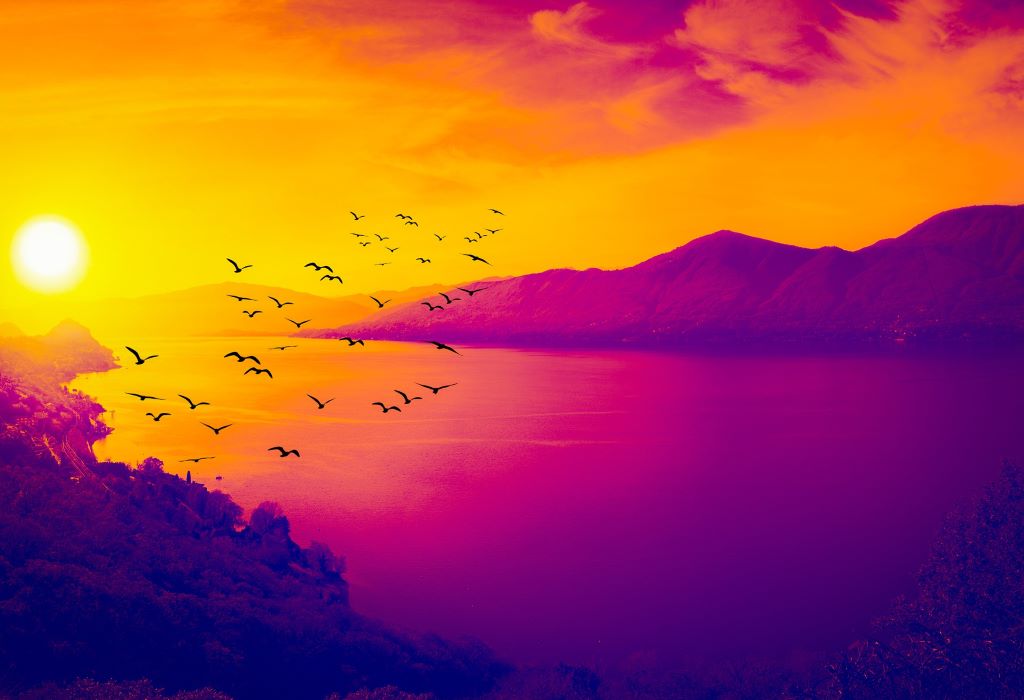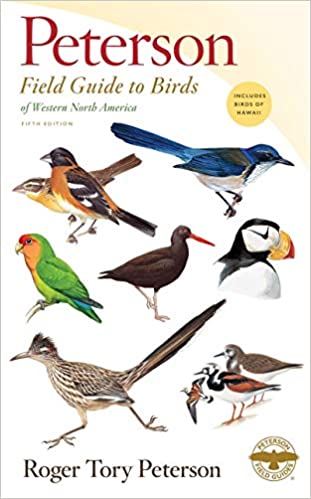Look up and you’ll notice it: birds are on the move. It’s time for the fall migration! “But I thought birds only migrated in spring?” you might be saying. As summer recedes and fall slowly arrives, many birds are already flying south in search of warmer weather and more natural food sources. It’s an exciting time for birdwatchers, who can expect to see a variety of birds overhead, both coming and going. When, exactly, is the fall migration, which birds can we expect to see more (and less) of in winter, and why is it such an exciting time? Here’s everything you need to know.
When is the Fall Migration?
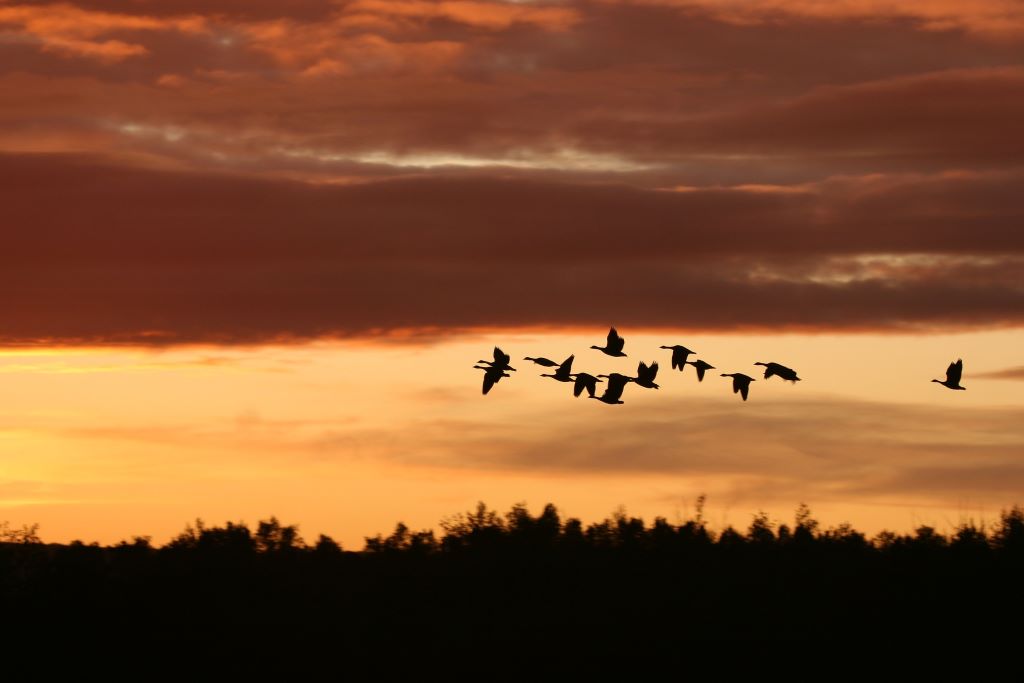
Though it’s called the “fall migration,” it actually starts as early as June and continues through early January. Most of the migration occurs between August and October. This long migration season gives birders ample opportunities to see a variety of birds race across the sky.
How is the Fall Migration Different Than Spring?
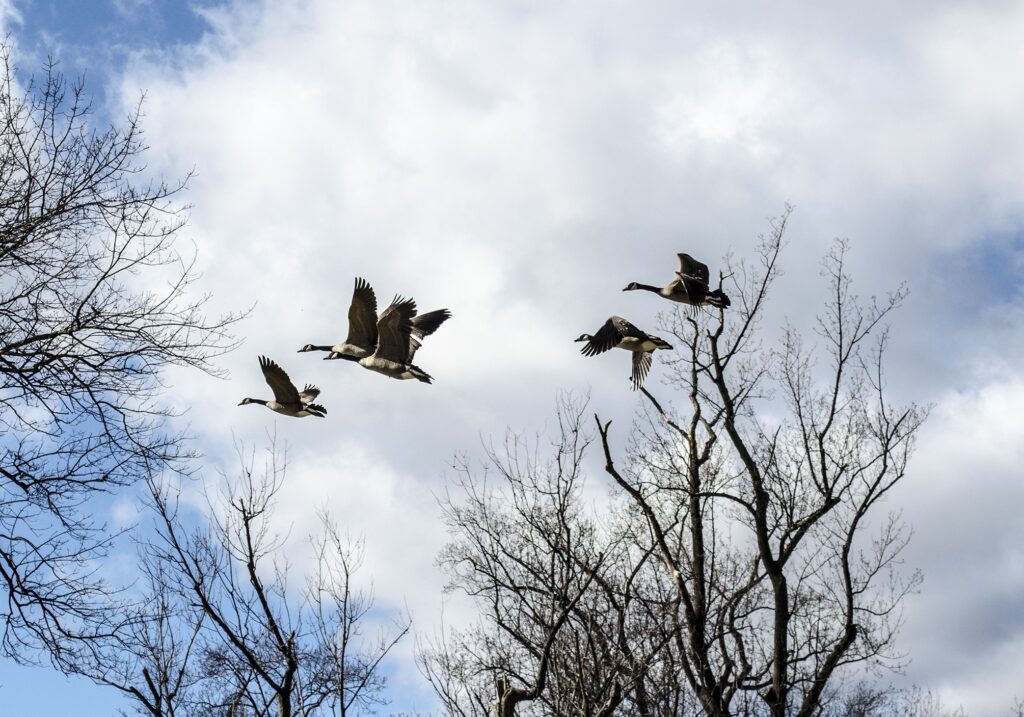
There are a few marked differences. First, the spring migration occurs within a shorter period of time than the fall migration. In spring, birds are driven to fly north to look for breeding grounds, nesting spots, and places to raise their young. This migration has a bit more urgency to it, and it’s no wonder. Imagine if you had to find a mate, lay eggs, and raise your young—all before it starts getting cold!
Second, the spring migration typically follows more distinct migratory patterns and routes. In fall, on the other hand, the migration occurs over a longer period, with birds taking a wider variety of routes back to their wintering grounds.
Do All Birds Migrate in Fall?
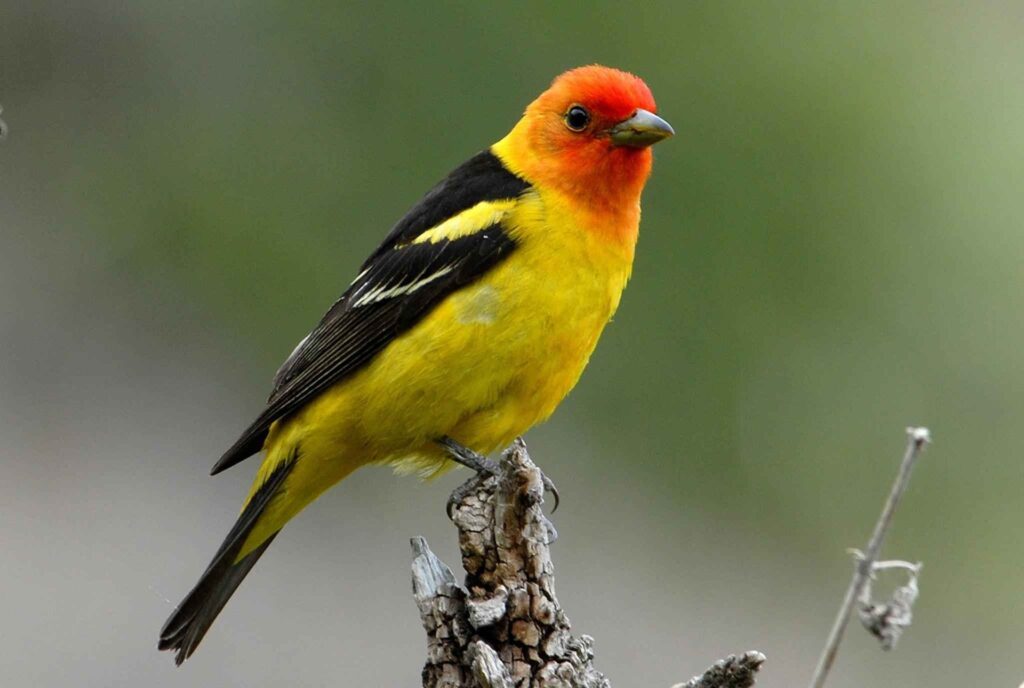
No. Some birds—like Stellar Jays, Mountain Chickadees, Acorn and White-Headed Woodpeckers, Northern Flickers, and Nuthatches—stick around through winter. Others—like Big Bear’s Bald Eagles—have made a year-round home here, and are permanent residents. Local birds that typically make their way south to South America and other temperate regions include Yellow Warblers, Western Tanagers, Hooded Orioles, Cooper’s Hawks, Purple Martins, and Black-Headed Grosbeaks.
Why Should We Care About the Fall Migration?

With all that’s known about bird migration, there are still a lot of unknowns. For instance, scientists are still learning about birds’ stopover habits—where and for how long they stop to rest and refuel during their migratory journeys. With climate change making drastic environmental changes worldwide, many of these stopover areas are affected, as are the birds that rely on them.
Climate change is also affecting when birds start their migration, as they rely on sunlight, air temperature, and weather patterns to guide them—all of which are changing rapidly. In effect, studying the habits of birds gives us insight into the health of our entire ecosystem. It’s important to pay attention, not only for the birds’ sake, but for our own.
How Can You Help Migrating Birds?
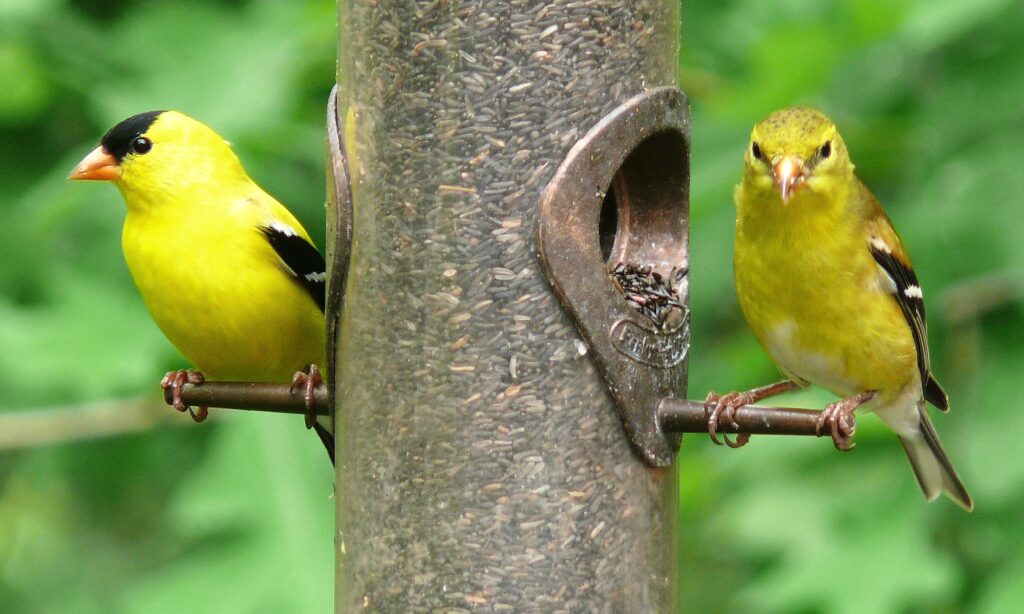
- Learn more about how and why birds migrate.
- Put out more bird feeders and stock up on high-quality bird food.
- Find out which foods fuel them and other fall bird feeding tips.
- Keep your bird feeders clean and disease-free.
- Turn your outdoor space into a certified wildlife habitat.
- Plant native, bird-friendly plants.
- Turn off unused house lights at night (as bright lights can disorient migrating birds and cause window collisions).
- Report bird sightings for science with the Cornell Lab of Ornithology’s Citizen Science program.
How Can You Make the Most Out of the Fall Migration?
Whether you’re a beginner birdwatcher or an old pro, it’s time to get excited! You’re about to get an eyeful (and sky-full) of the largest variety of birds you’ve ever seen. As a premier birdwatching destination, Big Bear is home to more than 250 species of wild birds, and that’s not counting those that winter here. Here’s what you’ll need to make the most of it:
Good optics. From monoculars to binoculars to scopes, we have optics for every need and price point. Choose from top optics brands like Nikon and Vortex. And if you need help finding the right optics for you, check out our guide to Picking the Perfect Birding Binoculars and Scopes.
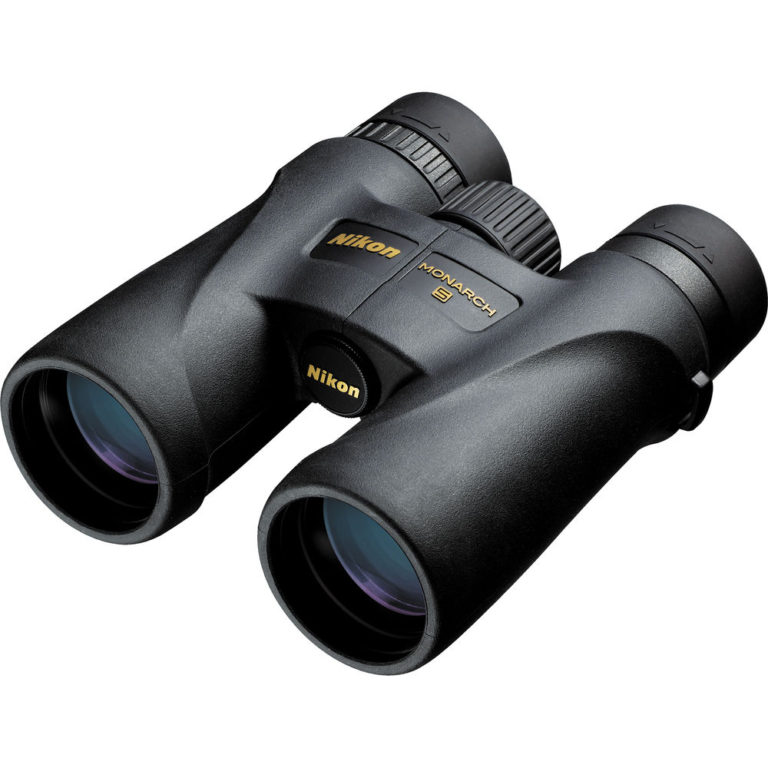
A comprehensive field guide. Identify birds and record your bird sightings with the help of a field guide. We offer a variety of guides in the Chirp store, both online and at our new location.
Watch the Fall Migration with Us!
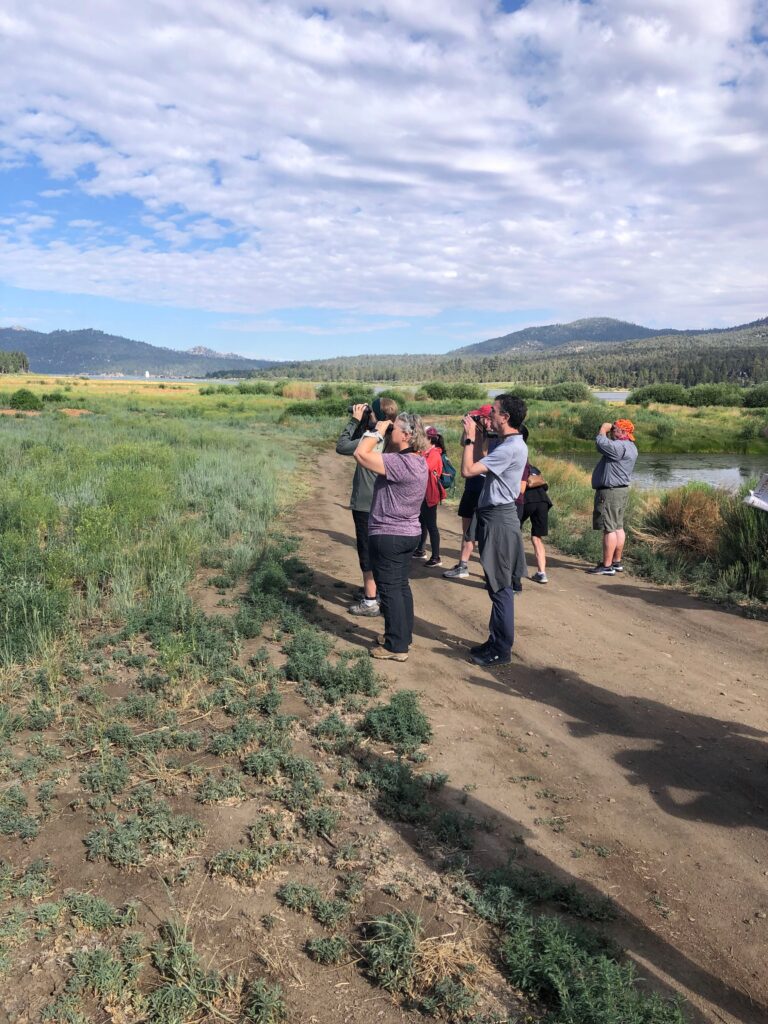
Join us at the Chirp Nature Center for an in-person bird walk on the first Saturday of every month May through October. Or you can live stream one of our virtual bird walks on the second Wednesday of every month, May through October, from our Facebook page or YouTube channel. Birdwatchers and bird lovers of all ages are welcome!

